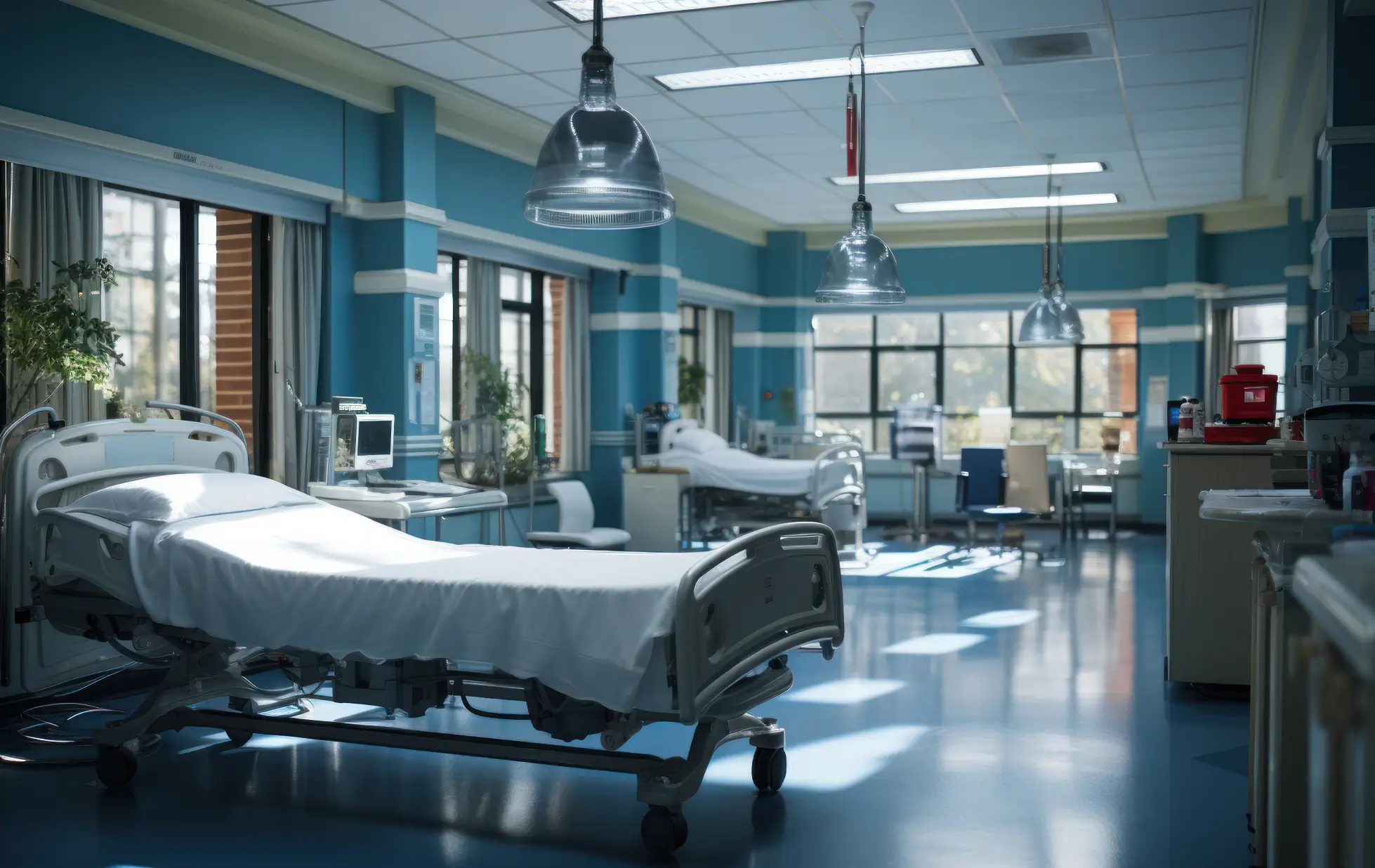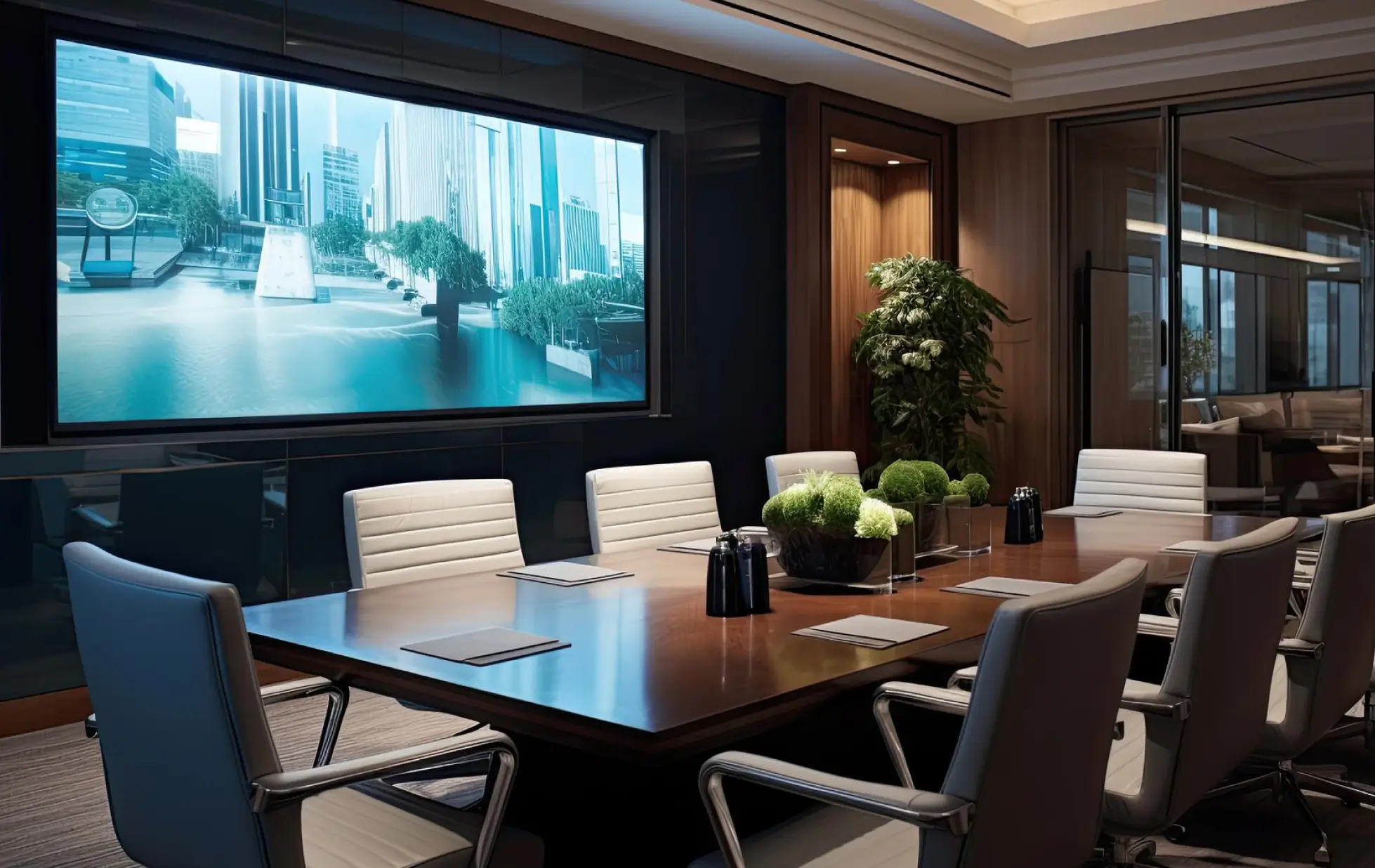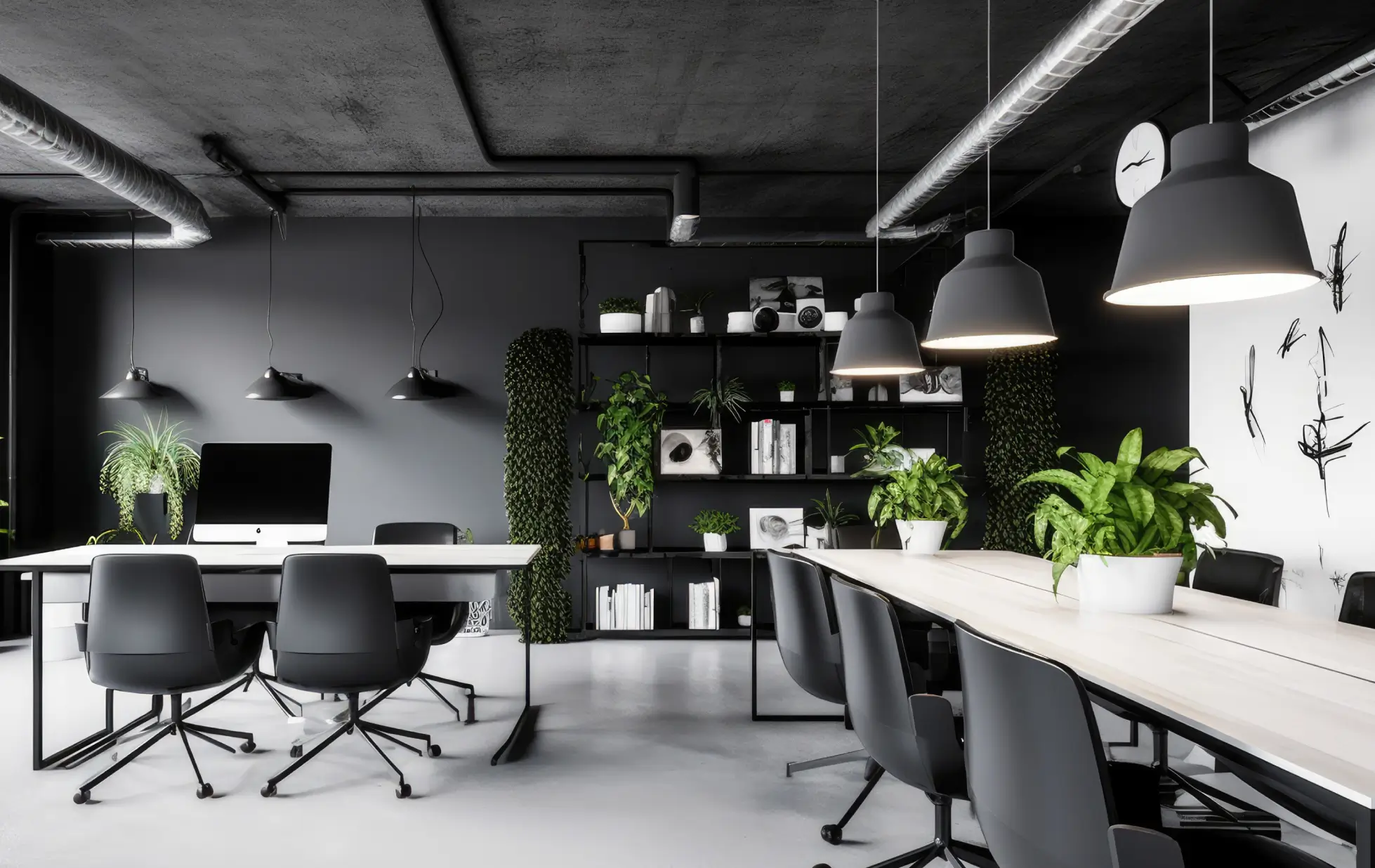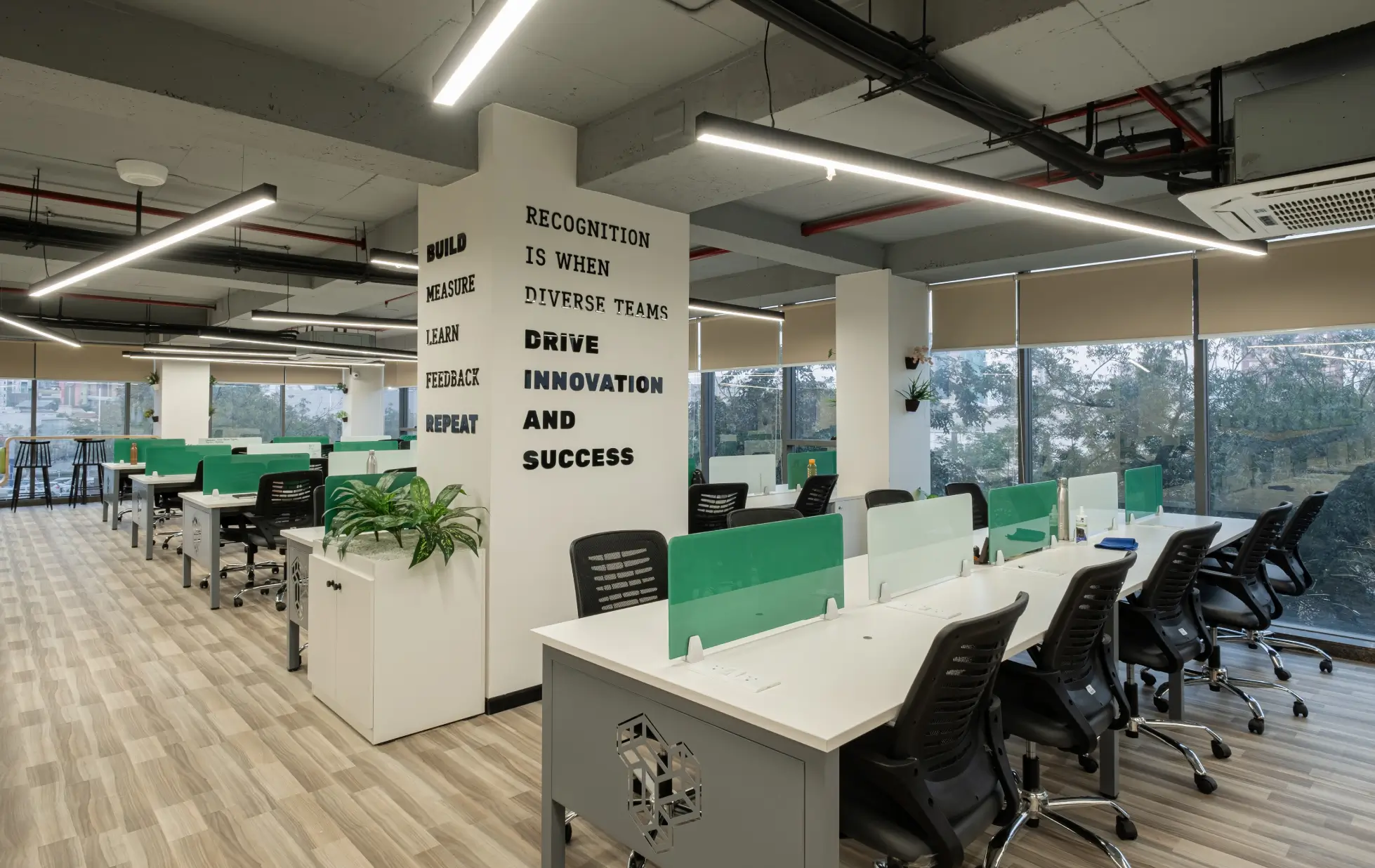By admin — 07 May 2024
How Interior Design Enhances the Healing Environment in Hospitals
The healthcare industry is very dynamic yet, at the same time, highly sensitive. When it comes to factors that affect the patient's outcome, every detail plays a crucial role in creating environments that promote healing and well-being.
Hospitals are more than just a place for the sick; they're also a haven for patients, who absorb the energies hospitals provide, and seek comfort and hope for recovery. Thus, the architecture and interior design of the hospital can have a major impact in overall patient experience.
Although the superficial and architectural parts of designing are important, the major challenge for interior designers comes when they have to create a facility that is equally functional and still pleasing to the eye. To improve the total patient experience, modern hospital interior designers need to integrate functionality, style, and patient-centered care.
This extensive blog will cover a wide range of topics, including what's the function of hospital interior designers, the fundamentals of hospital interior design, and why it is important.
Interior designers for hospitals are experts in creating designs that specifically meet the requirements of patients, working staff, and physicians. They take care of certain crucial features, like:
-
Patient experience always comes first!
Interior designers prioritize patient well-being and care to lessen the burden or stress they might be going through. If you mentally enjoy or like the place where you are, you tend to heal faster.
Making the place spacious, incorporating calm colors like soft blue, beige etc, keeping the furniture minimal and not too congested are some of the important factors that prioritizes patient experience.
-
Is the design functional enough?
When it comes to designing a place that prioritizes patients, staff, and clients, interior designers need to focus more on the functionality of the place and not just the aesthetic.
Apart from just superficial aesthetics, the interior design of a hospital should be carefully planned and spaced out. How much the patients have to walk just to go from one counter to another, whether the lighting is proper or not, etc.—every functional detail is important.
-
Is the design accessible to everyone?
While building a hospital, the designers have to make sure they are making it accessible for patients with different kinds of impairments.
There should be facility for people who are handicapped, blind or deaf so that they feel comfortable. The place should be easily accessible to them and they shouldn't feel left out.
-
Safety measures are very important
Hospitals need to be designed in a way where safety and comfort have been given priority. The seclusion of blocks where patients have contagious diseases, isolation rooms, accessible washrooms, etc. should be paid attention to while designing.
Making sure that all the pathways have a railing to hold so that patients who are weak have something to hold on to, creating enough seating for patients in every corridor, having fire alarms, smoke detector, etc are some things that are very necessary in designing a hospital.
-
Sustainability
Many modern hospital designs include eco-friendly and sustainable elements to reduce their impact on the environment and operating costs which is very important as hospital is a place that creates a lot of non-sustainable wastage and it is important to cover that damage somehow.
How do we enhance the healing environment through interior designing
-
Lowering or getting rid of environmental stresses
Research has shown that well-thought-out hospital interior design can have a positive impact on patient's recovery times or health in general. If the design space is comfortable, patients and staff benefit and enjoy happier workplaces, reducing environmental pressures. This covers techniques like enhancing bad air quality, minimising annoying background noise, and distributing light glare.
-
Provision of a "constructive" distraction
When the attention of patients is diverted from the pain and illness, it can help them enjoy there time in the hospital, thus promoting relaxation and speeding up the healing processes. This category contains visually stimulating elements like artwork, aquariums, and outside views that let in natural light, in addition to visually stimulating elements like serene colors and natural light.
Texture can be used in interior design to draw attention to a feature and add visual appeal. Despite its intricacy, there is no denying the connection between human emotions, perceptions, and textile textures.
-
Empowering patients with a sense of social support and control
In cases where a patient's condition necessitates hospitalization, they could become dependent on medical assistance. Giving patients comfortable, personalized hospital rooms with lots of space for personal belongings might help them reclaim control over their life.
Moveable chairs that may be positioned for visitors, textile separators that offer a quiet, private area, and even the placement of sentimental objects are features that enhance patient comfort.
InOut Interior Designers greatly improve the healing environments found in hospitals since they have specific knowledge of healthcare settings. Inout Interior experts provide a distinct comprehension of the particular requirements and difficulties encountered by healthcare establishments, converting them into design solutions that enhance operational effectiveness and optimize patient results.
Aspects like infection control, safety, and accessibility are highly valued by InOut Interior designers, who expertly integrate them into the entire design scheme. Their painstaking attention to detail ensures that hospital interiors greatly exceed regulatory requirements, not just meet them.
Moreover, the commitment of InOut Interior Designer to exceed regulatory standards rather than simply meeting them sets a higher benchmark for hospital interiors. This approach not only ensures compliance but also fosters a culture of continuous improvement and excellence in healthcare design.
Overall, InOut Interior Designer's dynamic and holistic approach, results in hospital interiors that not only meets the demands of healthcare environments but also contribute positively to the healing process and overall patient experience.
 29 April 2024
29 April 2024



